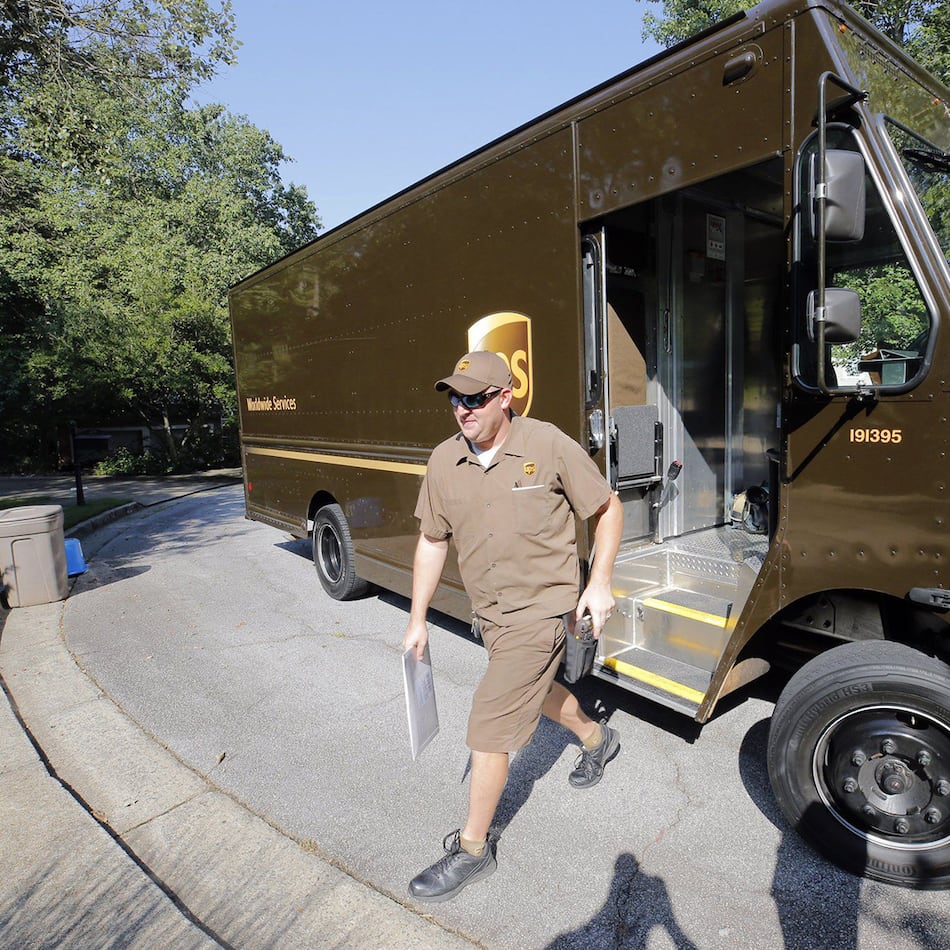When actress Jane Fonda founded a Georgia nonprofit 20 years ago to combat teen pregnancy, the state led the country in young girls becoming mothers. Fast forward two decades and the picture looks a lot different. The state has dropped from first in teen birth to 17th at a time when rates are dropping dramatically across the country. Kim Nolte, president and CEO of the Georgia Campaign for Adolescent Power & Potential, talked about the dynamics behind the downward trend and how the nonprofit Fonda started when she was a Georgia resident plans to cut teen pregnancies even more while expanding its mission. For more on the group’s work, plus some good resources on how to talk to your kids about sex, visit gcapp.org.
Q: What’s behind the drop in teenagers getting pregnant?
A: A couple of things. More young people are waiting to have sex. When they do become sexually active, they are more likely to use contraceptives. And there are a few new contraceptives that are more effective.
Q: Why are more teens waiting?
A: There has been a lot of good education. We have programs designed to teach young people critical skills to delay sex, which have to do with goal setting. Being sexually active and pregnant would mess up those goals. Not everyone gets that education. We have developed a mobile app for teens that has information that they may not be getting in school or the community.
Q: Given all the sexual images that young people are bombarded with, doesn’t the fact that they are delaying sex seem counterintuitive?
A: Let’s be serious. They are waiting but maybe six months to a year longer than before. In the U.S., a little less than half of all kids in high school are sexually active. This is an improvement.
Q: How do boys fit into your work?
A: Boys are a key component to the equation. Their attitudes about girls and women are very important. They need to make positive decisions for their future. The programs that we do are for both boys and girls.
Q: Can you talk more about your programs?
A: There are about 30 different curricula shown to be effective with young people. We can really target programs that work with girls, boys, middle schoolers, high schoolers, etc. We work with teachers, after school program leaders and other youth serving organizations to implement the programs. We are reaching close to 25,000 young people a year through 160 organizations across the state.
Q: What’s the comfort level for these programs?
A: When a school district decides to implement sex education, some of the teachers are uncomfortable talking about sexuality. We understand that and we train them really well.
Q: What about parents’ comfort level?
A: Parents are scared — they don’t know how to begin the conversations. We are finding that parents are really eager for this education. Parents want both abstinence and contraception to be taught, as well as other topics such as healthy relationships. The largest number of parents say sexual health information should be taught beginning in the fifth grade.
Q: Your nonprofit has branched out into adolescent nutrition and physical activity. Why?
A: As our teen pregnancy rates were dropping, our child obesity rates were off the chart. Jane (Fonda) really felt like this was the next call to action. We are empowering young people to be healthy and take control of their future.
Q: What’s next?
A: We are part of a public-private partnership of about 20 organizations that is coming together to do this work of preventing teen pregnancy. We have set a goal to reduce the rate by one-third by 2020.
About the Author
The Latest
Featured

